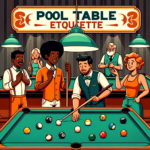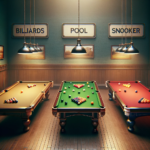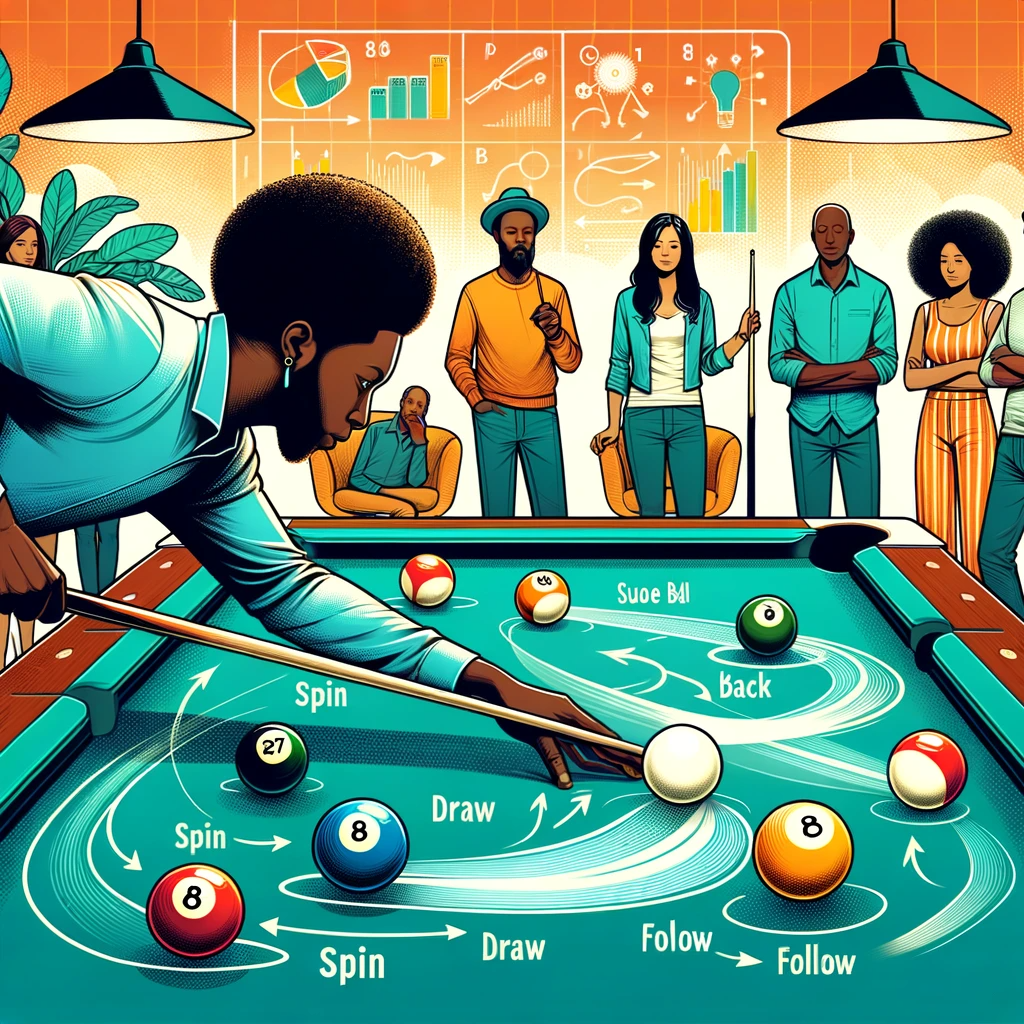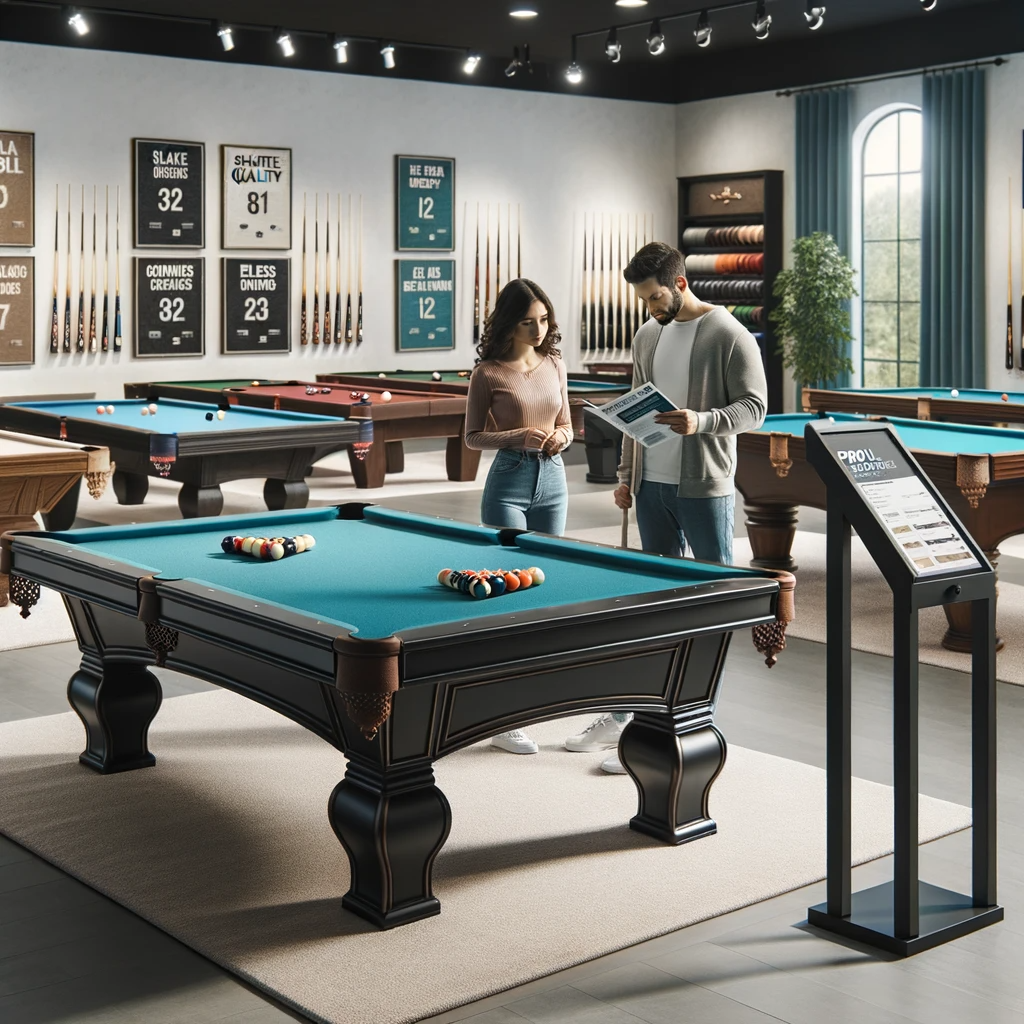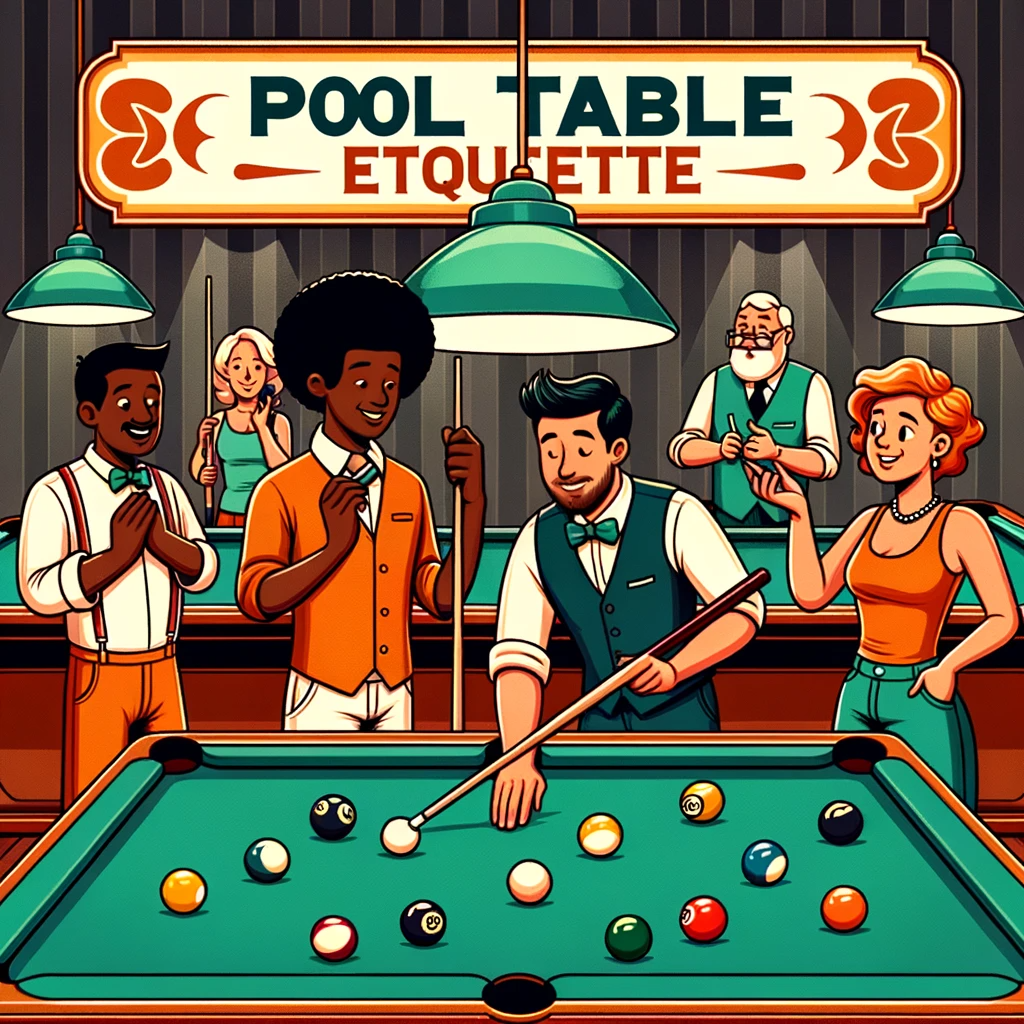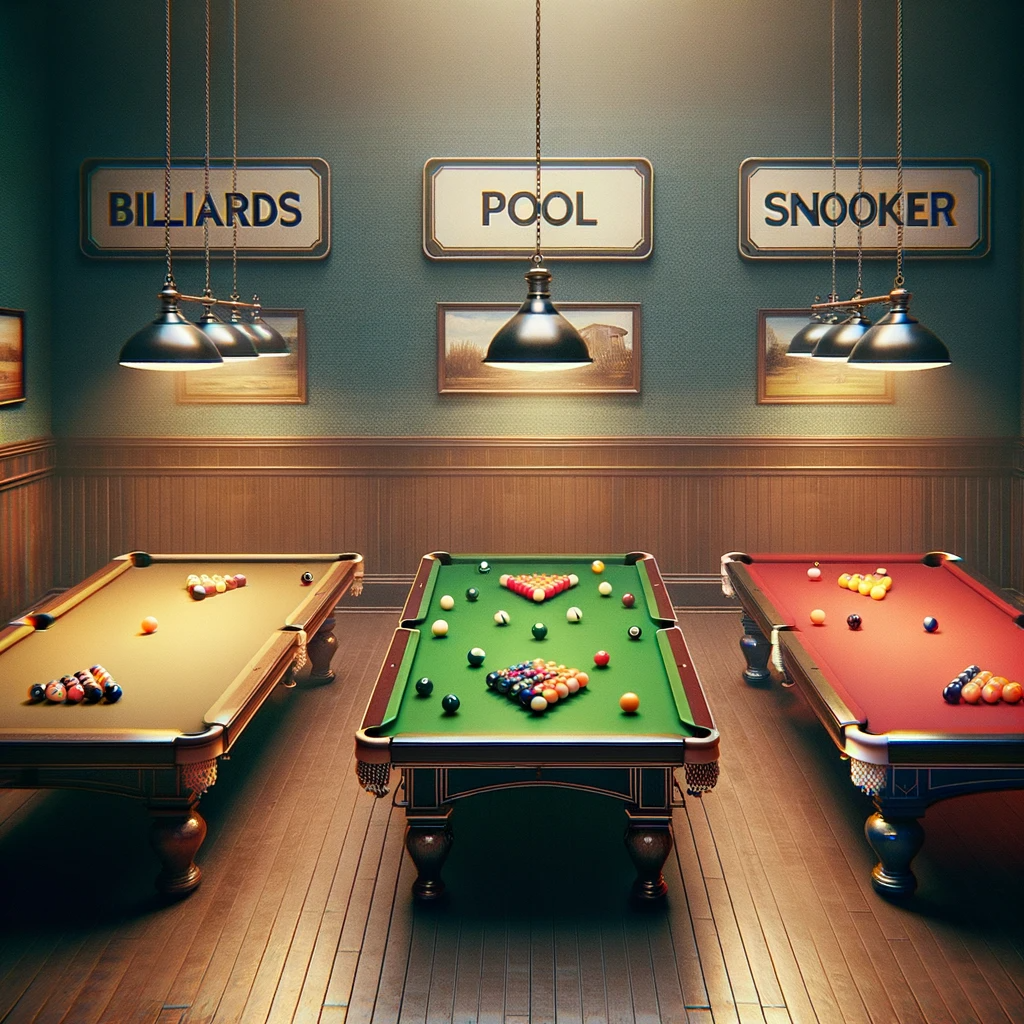Introduction
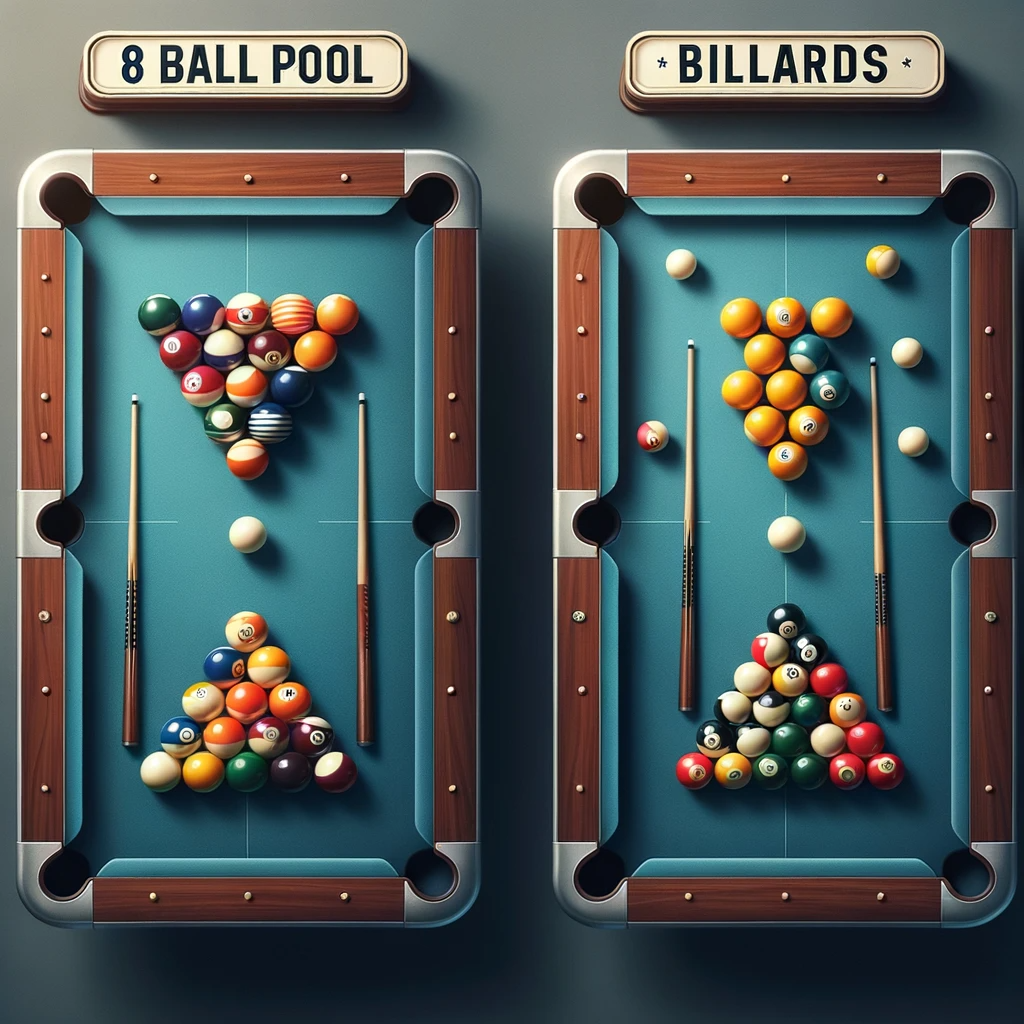
Cue sports, also known as billiards, have gained immense popularity worldwide due to their unique blend of skill, strategy, and precision. These games have captivated players and spectators alike for centuries.
The Popularity of Cue Sports
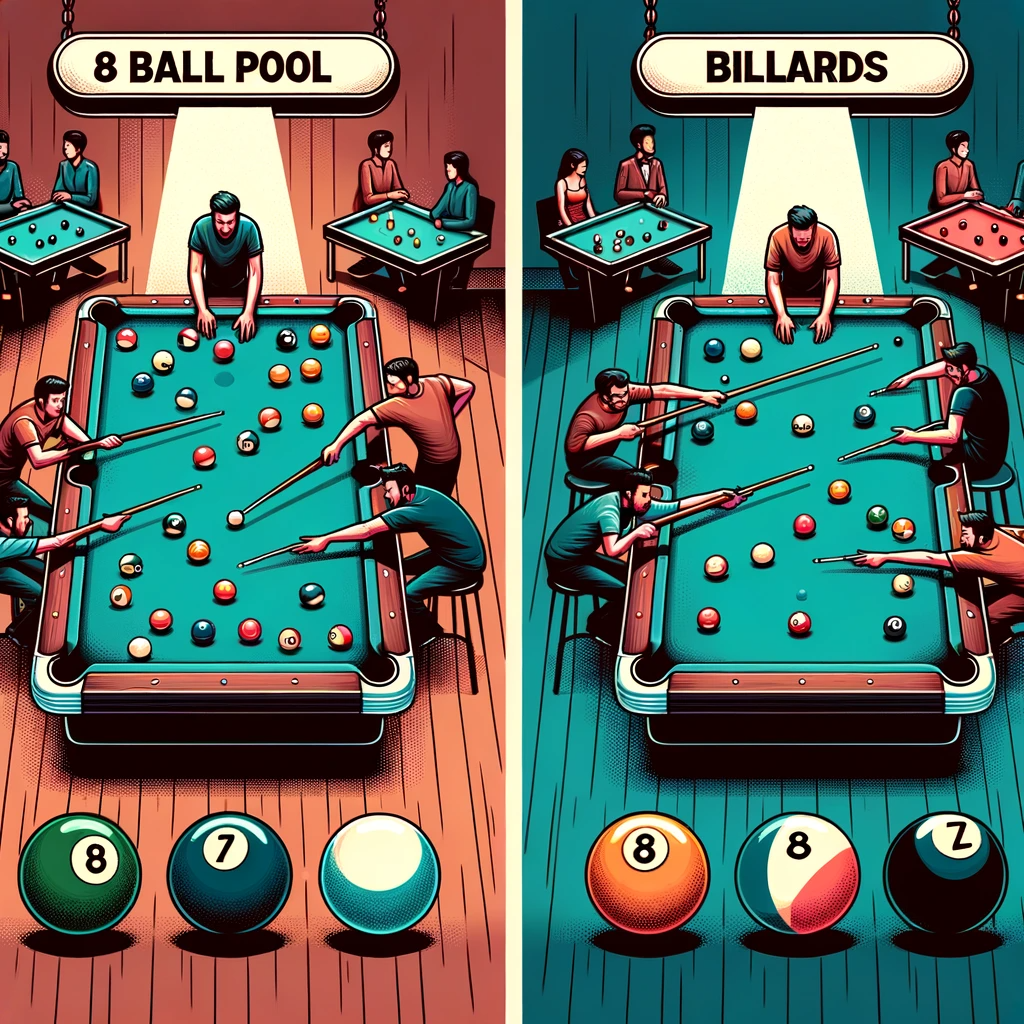
Cue sports have become a beloved pastime for people of all ages and backgrounds. The allure lies in the combination of mental acuity and physical finesse required to excel in these games.
Players are challenged to strategize their shots, calculate angles, and execute precise movements with the cue stick. The thrill of sinking a difficult shot or outmaneuvering an opponent creates an intense sense of accomplishment.
8 Ball Pool and Billiards
Among the various cue sports available, 8 ball pool and billiards stand out as two highly popular options. 8 ball pool is renowned for its accessibility and widespread appeal, attracting players from amateur enthusiasts to professional competitors.
On the other hand, billiards encompasses a broader category that includes various subtypes such as carom billiards (where balls are struck directly without pockets) and pocket billiards (where balls are pocketed). These two distinct cue sports offer unique challenges and gameplay mechanics that contribute to their individual popularity among players around the world.
Overview of Cue Sports
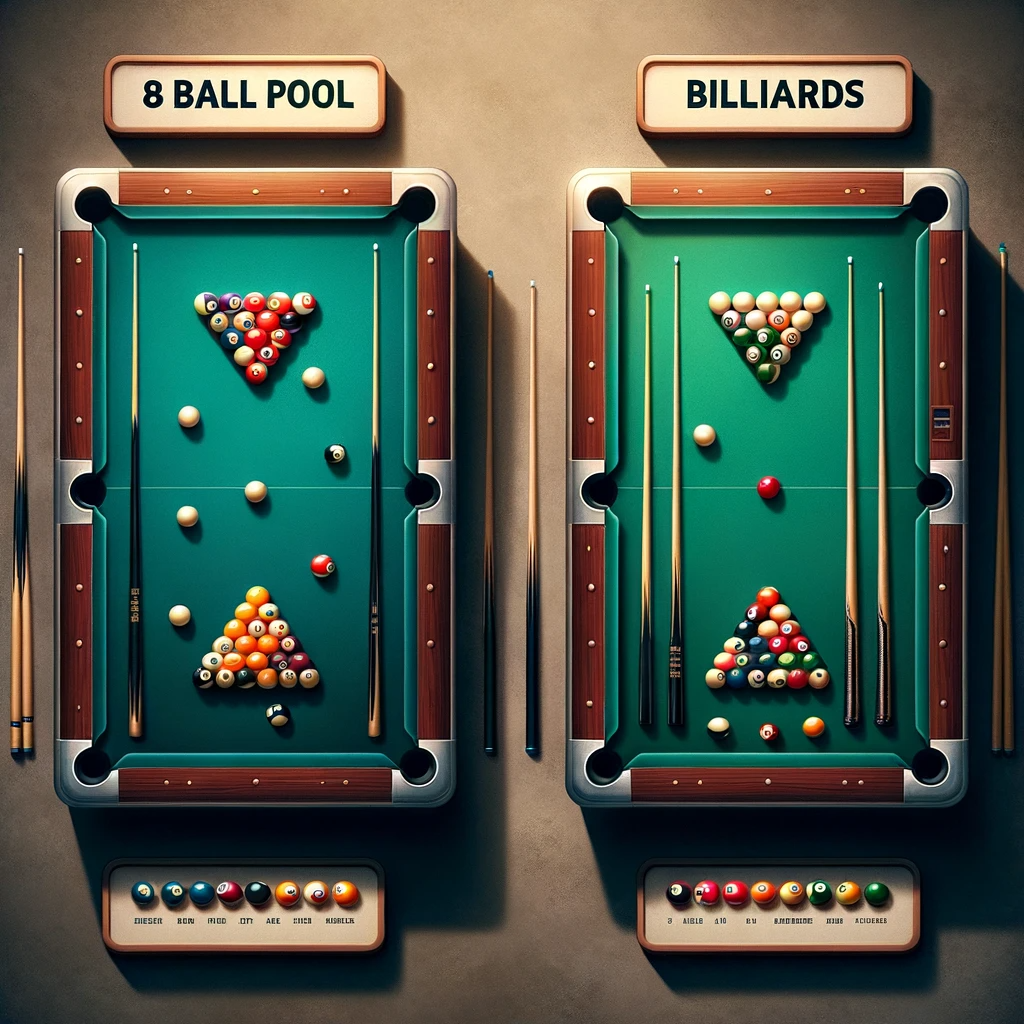
Ancient Origins and Evolution
Cue sports, including 8 ball pool and billiards, have a rich history that can be traced back to ancient times. The origins of cue sports can be found in various forms of stick-and-ball games played in different cultures around the world. These early games gradually developed into more structured cue sports over time.
For instance, billiards has roots dating back to the 15th century in Europe, where it was played on lawn surfaces before transitioning to specialized tables. Similarly, 8 ball pool evolved from earlier pool variations that emerged during the 19th century in America.
Essential Equipment for Cue Sports
The equipment used in cue sports plays a crucial role in shaping the gameplay and overall experience. Cues are essential tools used by players to strike the balls with precision and control.
They are typically made from materials like wood or fiberglass with a tapered tip for enhanced accuracy. The balls used in cue sports vary depending on the specific game being played.
In both 8 ball pool and billiards, spherical balls are employed, but they have distinct differences in size and markings. Pool balls are smaller (around 2 inches) and feature numbered stripes or solids, while billiard balls are larger (around 2⅞ inches) and do not have any numbering or markings.
The tables utilized in cue sports also differ between 8 ball pool and billiards. Pool tables have six pockets where players aim to sink their designated balls along with the black 8 ball to win the game.
These tables usually measure around 9 feet long for professional play but can vary in size for recreational settings. On the other hand, billiard tables come in two main types: carom billiard tables and pocket billiard tables (such as those used for pool).
Carom billiard tables lack pockets, requiring players to use cue ball control and precise shots to score points through direct caroms or combinations. The size of billiard tables can also vary, with some being much larger than pool tables to accommodate the longer shots and greater focus on finesse and strategy.
Understanding 8 Ball Pool
Objective: Sinking the Balls and Winning
Sinking all the assigned balls, either stripes or solids, and then potting the 8 ball is the ultimate objective in 8 ball pool. The player who accomplishes this wins the game.
Each player is assigned either the striped balls or the solid-colored balls at the start of the game. The assigned balls are determined by successfully pocketing a designated ball during the break.
Table Layout: Pockets, Balls, and Cue Ball
The table layout for 8 ball pool consists of six pockets where players aim to sink their balls. The pockets are positioned at each corner and in the middle of each long side of a rectangular table. Numbered from one to fifteen, there are fifteen colored balls on the table along with a white cue ball which players use to strike and pot other balls.
Rules and Gameplay Mechanics
Breaking: Determining Assigned Balls
The break shot in 8 ball pool is crucial as it determines which set of balls (stripes or solids) each player is assigned during their turn. To perform a break shot, players strike from behind a specific line on one end of the table aiming to scatter all balls across its surface. If any legal ball is potted during this shot, that player gets to choose which set (stripes or solids) they wish to play with.
Legal Shots: Hitting Your Assigned Balls First
In 8 ball pool, it’s important to hit your own assigned group of balls first in order for subsequent shots to be considered legal. If a player fails to make contact with one of their own designated group before hitting other balls or pocketing them directly, it results in a foul.
Fouls: Penalties for Breaking Rules
Various fouls in 8 ball pool incur penalties for the offending player. Examples of common fouls include sinking the cue ball, not making contact with any balls, or failing to strike one’s assigned group first. When a foul occurs, the opposing player gets ball in hand, allowing them to place the cue ball anywhere on the table for their next shot.
Winning Conditions: Sinking the 8 Ball
To win in 8 ball pool, a player must legally sink the black 8 ball after pocketing all of their assigned balls. However, it is crucial to adhere to certain conditions. Players cannot directly pocket the 8 ball during a foul shot or before clearing all their assigned balls from the table.
If these conditions are violated and a player pockets the 8 ball prematurely or illegally, they lose the game instantly. By understanding these aspects of 8 ball pool such as its objective, table layout, rules governing breaking shots and legal play, as well as penalties for fouls and winning conditions involving potting the 8 ball correctly, players can engage in this popular cue sport with clarity and precision.
Exploring Billiards
Differentiating billiards from other cue sports:
Billiards stands apart from other cue sports due to its rich historical background and unique evolution from outdoor lawn games to indoor table games.
Historical background: origin and evolution from outdoor lawn games to indoor table games
Billiards has its roots in various lawn games played in ancient times. Over the centuries, these outdoor activities evolved into indoor table games, gaining popularity among nobility and the elite. The transition from outdoor to indoor allowed for more controlled and precise gameplay, laying the foundation for billiards as we know it today.
Table size and equipment variations compared to other cue sports like pool or snooker
Billiards sets itself apart through distinctive table sizes and equipment variations when compared to other cue sports like pool or snooker. Billiard tables are typically larger than those used in pool or snooker, with dimensions that vary depending on the specific variant of billiards being played. Additionally, the cues used in billiards are usually lighter and shorter than those used in pool or snooker.
Table layout:
Types of billiards tables (carom billiards vs pocket billiards)
Billiard tables can be classified into two main types: carom billiard tables and pocket billiard tables. Carom billiard tables have no pockets, requiring players to make contact with specific balls on the table without sinking any into pockets. On the other hand, pocket billiard tables feature pockets where players aim to sink designated balls.
Ball configuration on carom billiard tables (three-ball vs free game)
Carom billiard tables can further be categorized based on ball configurations. The most common configurations include three-ball carom where three balls are used, and free games where additional balls are added for more complex gameplay. The specific ball configuration depends on the variant of billiards being played.
Conclusion
As we delve into the world of cue sports, exploring the difference between 8 ball pool and billiards reveals unique aspects that set them apart. Billiards, with its historical heritage and distinctive table sizes, offers a different playing experience than other cue sports.
Whether it’s the absence of pockets in carom billiards or the precise strategies employed on larger tables, billiards provides a captivating challenge for enthusiasts. Embracing these differences allows us to appreciate the diversity within cue sports and find joy in exploring various forms of this beloved pastime.


